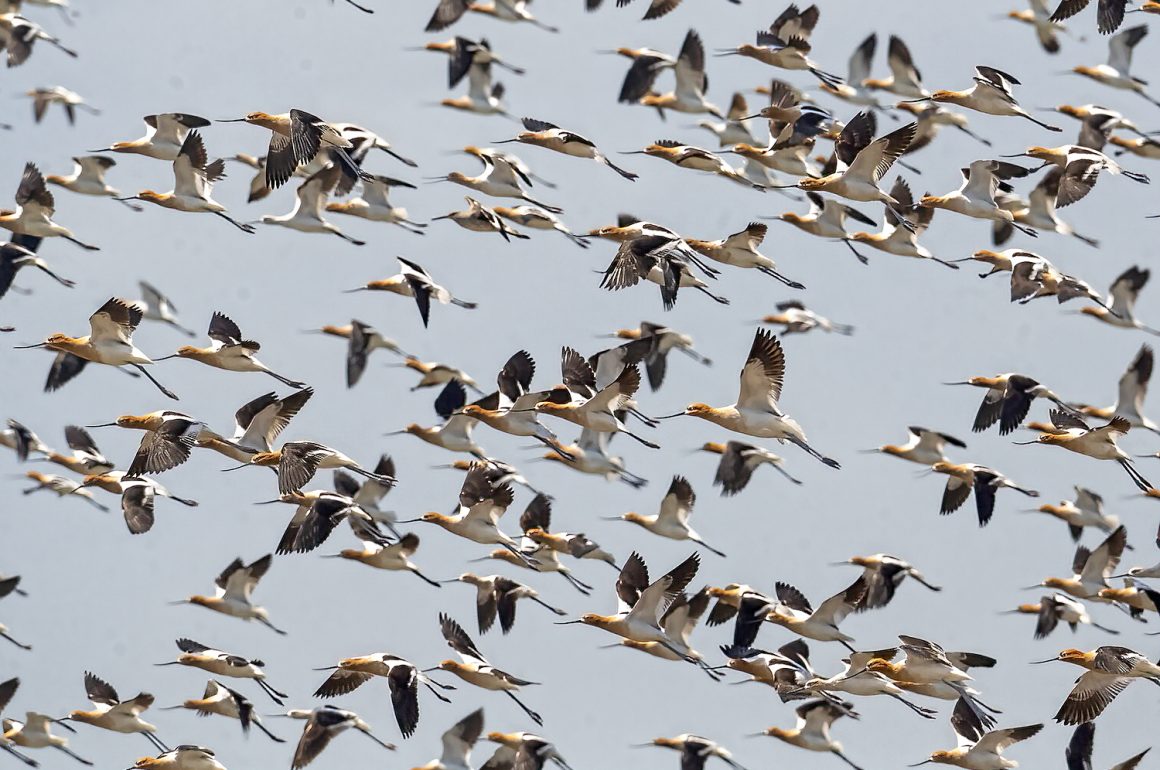
High Island in April requires Weather, so I was told. A very specific type of weather–north winds, a cold front, rain. It stops those thousands of migrating birds flying across the Gulf of Mexico and directs them right onto the trees, fields, sanctuaries, beaches along the Bolivar Peninsula, where they hopefully find food and fresh water. And us, the birders who travel here from March to May to worship the birds as they seek to survive. So, I had very mixed feelings when I opened my motel door my first morning on High Island to find a gorgeous sunny day with winds from the south. The air was chock full of swallows, Barn Swallows setting up nests on the porch, Tree Swallows bouncing up and off the utility wires, but my friends, who had already been there a couple of days, told me that the nearby bird sanctuaries were not the songbird-filled nirvanas we were anticipating. Sure, there were Summer and Scarlet Tanagers and a few “good” warblers, but most of the migrants were sailing on those south winds over our heads to other parts of Texas.
Fortunately, as I found out over the next four days, High Island, the Bolivar Peninsula, the whole east Texan Gulf coast area is a place of diverse habitats, some protected, some accidental, all offering fantastic avian opportunities. You just need to know where to look.
Tuna Road
Tuna Road is a dirt road leading off Texas State Highway 87 towards Galveston Bay and the Intracoastal Waterway (although it’s an eBay hotspot it’s hard to find on Google Maps, look for it west of Rollover Pass), a classic tidal salt marsh. I was delighted to see Scissor-tailed Flycatchers along the fence of the water facility at its entrance and baby Killdeer and Eastern Meadowlarks before the road became rough and muddy and it was necessary to pull over and walk the road to the end. Seaside Sparrows were singing on both sides and occasionally popped up to give us a view before diving deep back into the Spartina grass, hopefully getting ready to nest. A Life Bird for my friend Yvonne!
Seaside Sparrow
A little pond on the left attracted Dunlin, Willets, Black-bellied Plovers, and a couple of Black-necked Stilts; Laughing Gulls called overhead and a Clapper Rail clapped literally right next to us though we could not lay eyes on it, despite diligent searching. At the end of the road, we found two Nelson’s Sparrows who quickly flew out to a tiny bit of land in the channel. These were winter birds, due to fly north any day. On a second visit I spotted a fishing boat going east along the channel followed by over a hundred gulls and terns, including over 40 Black Terns. This was a great spot, especially since the breeze kept mosquitos to a minimum. I hear Seaside Sparrows occasionally out on Long Island during the summer, but it’s been a long time since I’ve seen so many so close.
Eastern Meadowlark
Bolivar Flats & Rettilon Road
Bolivar Flats Shorebird Sanctuary was an amazing and unexpected treat, but that’s because I failed to do my research. I should have known that birding High Island meant I would be 20 minutes away from a place where hundreds of thousands of shorebirds and waterbirds rest, feed, breed, and generally have a good time. The sanctuary is of global importance, a complex of mudflats, salt marsh, coastal prairie uplands and open beach owned and managed by Houston Audubon Society. It’s located on a five-mile long jetty built by the U.S. Corps of Engineers to protect Galveston Bay at the end of the 19th-century. According to the histories offered by HAS and WHSRN (Western Hemisphere Shorebird Reserve Network), the jetty, diverts the flow of the currents, causing sediments to accumulate and develop into rich mudflats and salt marshes. You drive in at a public beach entrance and then drive west, on packed sand, to a vehicular barrier, where you park and walk in, bounded on the south by the Gulf of Mexico (where oil tankers loom in the distance) and to the north by fenced-off dunes for nesting birds.
Scissor-tailed Flycatcher
But first, you must drive down Rettilon Road, a .9-mile route that takes you down the prairie uplands and salt marshes that make up much of the Bolivar Sanctuary. I was thrilled to see more Scissor-tailed Flycatchers (my friends know this is one of my favorite birds) and spent some time on a second trip on my own trying to capture them in flight (no non-photographer birder wants to sit in a car waiting for a Scissor-tailed to fly up, so I thought I’d spare my friends the pain). The results are not publishable, but I don’t begrudge the time spent watching the birds. Further down the road, Long-billed Dowitchers, Stilt Sandpipers, Wilson’s Phalaropes in breeding plumage (a sight I never see in NYC), Black-bellied Plovers, Black-necked Stilts, Willets, also in breeding plumage and ubiquitous, and an occasional Reddish Egret were seen feeding close to the road, protected by fencing and mud. As a talked to a couple from Boston, new to birding, I spotted a Clapper Rail walking close behind us. I did bring my spotting scope with me, but it really wasn’t necessary here.
Clapper Rail
Back to the Flats. Along the beach I saw the usual suspects–Sanderlings, Ruddy Turnstones in their startling black-gold-red breeding plumage, Laughing Gulls, an occasional Herring Gull, another Reddish Egret, dancing joyously but not too close to those intruding humans, a Piping Plover, a couple of Wilson’s Plovers in the nesting area, a lone Horned Lark, and then–pow! Multitudes, hundreds of Brown Pelicans and Terns–Least, Common, Foster’s, Sandwich, Royal, and Caspian. Eagle-eyed Pat spotted a Lesser Black-backed Gull in nonbreeding plumage and other birders that week noted a Thayer’s Gull (which we may have seen too–I mean, who expects Iceland Gull in April?).
And then, around the bend, a walk requiring going back and around the nesting area, thousands of breeding American Avocets, surrounded by a mix of Neotropical Cormorants and more shorebirds and waterbirds–Great Blue Herons, White Ibis, Dowitchers, Willets, Turnstones, Marbled Godwits, even a few Red Knots who flew in with a bit of uncertainty on my second visit. I love American Avocets and I rarely see them in such marvelous breeding plumage, so I was in heaven.
American Avocets
Surprisingly, the Avocet area was not fenced off. I imagined walking right up to them. I also imagined that they would not flush, which is a real fantasy. They did flush eventually, but not because of humans. It was a Magnificent Frigatebird, the pirate of the seas, for that! This was a mature bird and if I lightened this photo you’d be able to see the red gular sac deflated against its chest. I’m not sure why all the birds scattered at its approach, Frigatebirds are known for stealing the catch of other birds, not for killing elegant, cinnamon-chested Avocets, but scatter they did and only a couple of hundred came back down. Meanwhile, a birder from Montana who happened to be watching the Magnificent Pirate next to me, was shouting the magic words, “Life Bird!”
Magnificent Frigatebird
I followed the eBird reports for Bolivar Flats and Rettilon Road all week and was impressed by the changing diversity of shorebirds and waterbirds that were reported. Some days Snowy Plovers (but no Piping Plovers) were sighted; while we saw mostly Caspian Terns, some afternoons Royal Terns predominated the numbers. My particular favorite terns were the Sandwich Terns, a bird I rarely see in any numbers and just generally good looking with that natty yellow-tipped bill. I’m sure regular visitors to this area could tell you more about how the winds and tides affect the migrating birds and when the breeders start to nest. I was just happy to enjoy the show, one that apparently is just as good in winter as in spring.
Anahuac NWR–Skillern Tract
The Skillern Tract is part of Anahuac NWR, added in 1991, and unlike the coastal marshes of the main refuge it’s made up of rice fields, moist soil units, and woods. (It was formerly known as the East Bay Bayou Tract, which is how it’s described in the ABA A Birder’s Guide to the South Texas Coast.) It’s only 15 minutes north of High Island, though in neighboring Chambers County (High Island is part of Galveston County, good to know if you’re going to be researching eBird checklists). My friends Lori and Mark alerted me that I would find Dickcissel there, and indeed I did, several singing on the side of the road that cuts through its 314 acres. I love Dickcissels, with their chunky bodies that are NOT the bodies of House Sparrows, their yellow chests with black Vs that are NOT the chests of Meadowlarks, and their buzzy songs. Driving to the end of the tract, I found a trail with woods on one side and the bayou on the other side where I saw Blue Grosbeaks, Indigo Buntings, Yellow Warblers, and White-eyed Vireo.
Dickcissel
There were more goodies along FM 1985/Whites Ranch Road, the road to the Skillern Tract and the main Anahuac refuge–flooded rice fields! And where there are flooded rice fields, I discovered (well, actually, as friends Lori and Mark told me), there are shorebirds, namely Whimbrels–over 60!–and, after much looking, Buff-breasted Sandpipers. I was glad I had my spotting scope with me and that I had practice spotting ‘Buffies’ from hours of searching sod fields in Long Island and New Jersey. There was also a flooded field around the corner, along the main road, Highway 124, with a much greater diversity of shorebirds, but I did not feel comfortable standing on the side of this very busy road with large trucks and honking cars speeding by. Also, most of the birds flew out when I got out of my car.
Smith Oaks Heron Rookery
I love Roseate Spoonbills, so I loved the Rookery at Smith Oaks, it’s as simple as that. Smith Oaks is a migratory bird sanctuary owned and maintained by Houston Audubon, and the Rookery is a year-round bonus, full of Spoonbills, Great Egrets, Snowy Egrets, Cattle Egrets, Neotropical Cormorants, Anhingas, Tricolored Herons and Black-crowned Night-Herons. Claybottom Pond was part of a land parcel donated to Houston Audubon in 1994 and at that time no birds were nesting on the island in its center. Houston Audubon instituted a ‘no hunting’ policy and by July 1995, there were 50 heron nests on the island, protected from mammalian predators by the large alligators in the waterways. There were an estimated 13,000 breeding pairs and roosting birds in 2016; additional islands have been created to support the increasing population and a raised (17-feet) walkway with observation platforms allows birders and photographers to enjoy them.
If I lived in High Island, I would go to the Rookery every evening to try to capture the essence of its chaotic wonderfulness. The birds are so busy, finding sticks, flying with sticks, fixing nests, tending to eggs in nests, preening feathers, touching bills, feeding chicks, refusing to feed chicks. And all amidst many leaves and many branches in fading light. One women photographer next to me was trying to capture a Spoonbill in flight, and I got the impression that she was there every night. She would jump up every time a flash of pink appeared from around the island’s corner, swing her camera on its tripod, click and click and then sigh. Those Spoonbills are surprisingly fast for a large bird with an awkwardly shaped head and an a decidedly no- aerodynamic bill.
Or, you could just photograph the kids.
When the Winds Change
On the fourth afternoon of my High Island sojourn the winds changed slightly and the rain came down in a torrent. I was at Boy Scout Woods, one of the High Island sanctuaries owned and operated by Houston Audubon. Many birders left at the first drops, but I crowded with a few other birders under the shelter of the volunteer kiosk. I had been given very important advice by High Island veterans Lori and Mark before they left for the airport–look for the rain, wait for the rain, then be there when the rain stops. My best-raincoat-ever from REI was shielding my binoculars and camera, but I should have left the camera in the motel. Because once the rain stopped the birds flew in fast, too fast to take any kind of decent photo, too active once they landed to do anything but quickly id them and move on to the next blur of movement. These neotropical migrants had just completed a 600-mile nonstop journey across the Gulf of Mexico. They were exhausted and they needed food or they would die.
Female Hooded Warbler (there were many females)
The birder from Montana and I were calling out bird names to beginning birders as the migrants flew into tall trees surrounding an open area called The Cathedral–“Bay-breasted! Black-and-white! Black-throated Green! Blackburnian! Where? Up, up, look for the flash of orange. Chestnut-sided on the left! Redstart above the Parula! Summer Tanager, Scarlet Tanager, Yellow-throated Vireo, Rose-breasted Grosbeak.” Meanwhile, a birder from Ohio was leading a small group down a nearby trail, looking down–“Hooded! Another Hooded! Female. Wood Thrush! Ovenbird! Ovenbird! A Hooded next to the Wood Thrush.” A Kentucky Warbler literally ran right next to me before diving under the boardwalk and disappearing into a thicket. Well, he did pause for his photo-op, unlike his cousins. This was the High Island Experience, I was told. It was amazing. And so was almost every place I went before the rains came. High Island and the Gulf Coast of Texas is just a very special place and I’m a convert.
Books
There are two books that guide birders to the hotspots of the Texas Gulf coast: (1) A Birder’s Guide to the Texas Coast, by Mel Cooksey and Ron Weeks, part of the American Birding Association series, published in 2006, and (2) Finding Birds on the Great Texas Coastal Birding Trail: Houston, Galveston & the Upper Texas Coast, by Ted Lee Eubanks, Jr., Robert A. Behrstock, and Seth Davidson, with maps by Cindy Lippincott, Texas A&M University Press, 2008. Since I was fortunate to be birding with friends who have birded High Island and the surrounding areas multiple times (nine, I think), I didn’t use the books very often, but when I did I tended to use the ABA title, possibly because I’m used to its format. Both books are very good guides to birding High Island and hotspots in the surrounding area, but need to be used in conjunction with eBird reports to update bird lists; web sites of the sanctuaries and refuges to update hours and fees; and online maps to update routes. And, as I discovered, nothing beats talking to the birders in the field to find out about the latest flooded field.


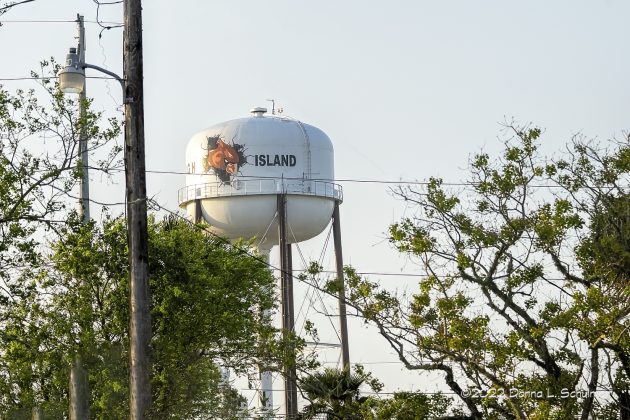
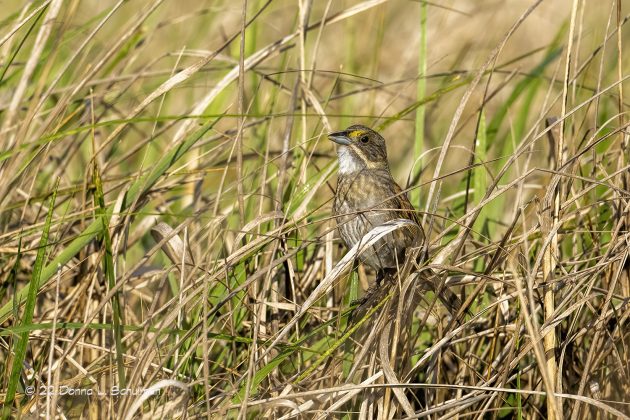
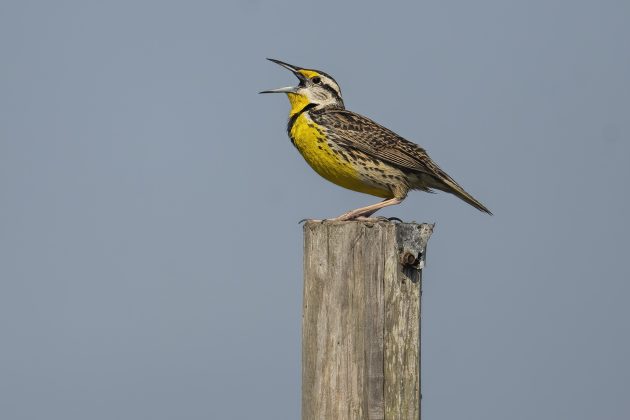
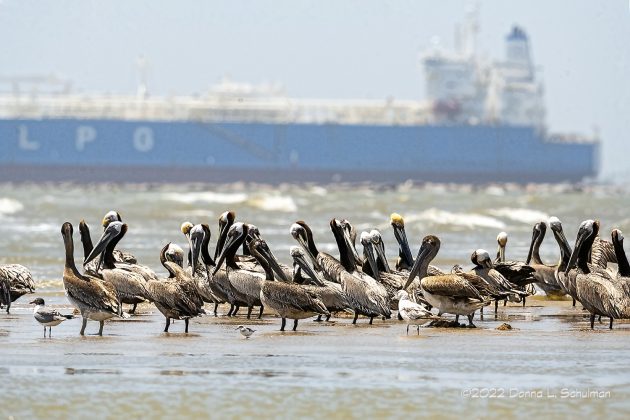
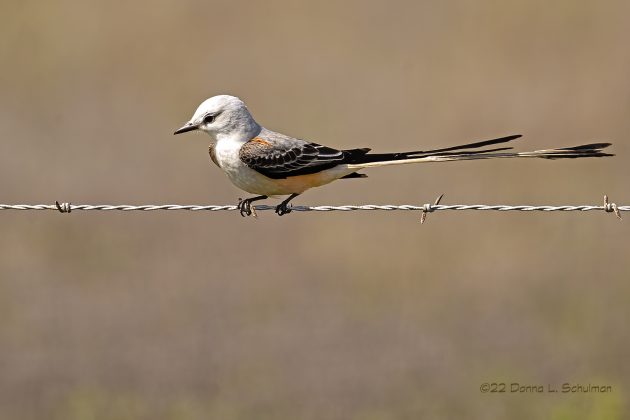
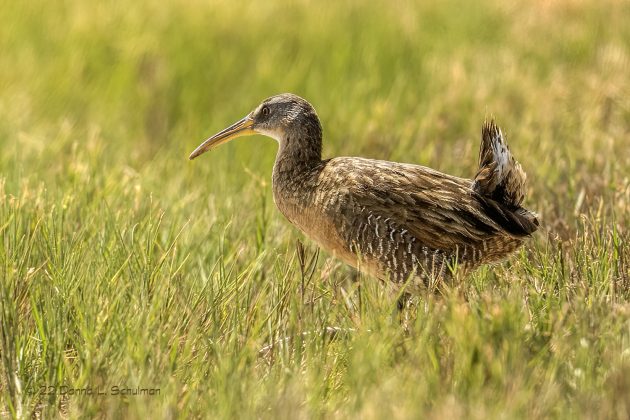
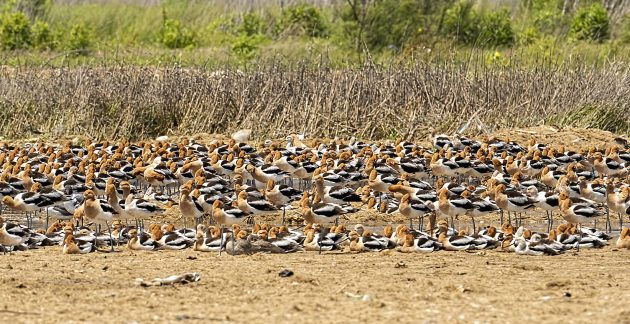
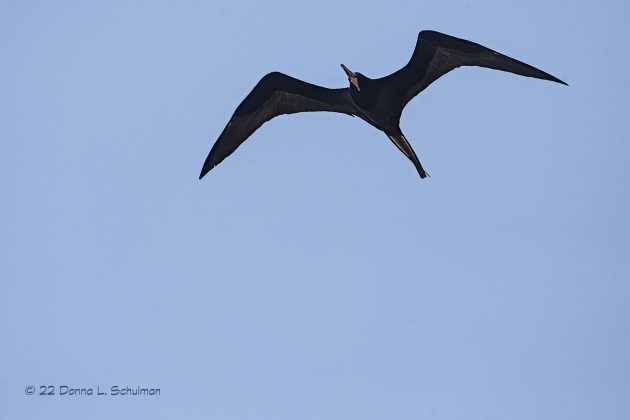
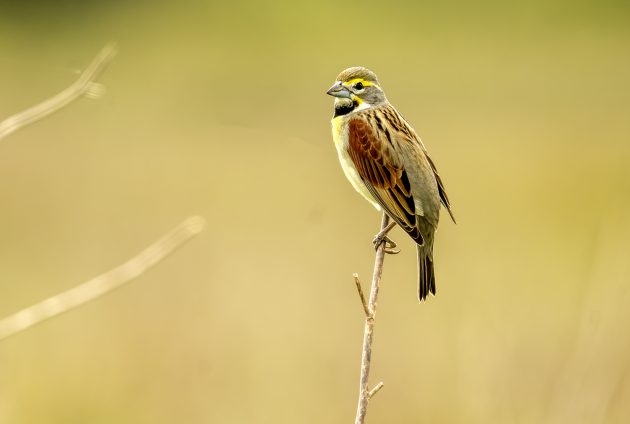
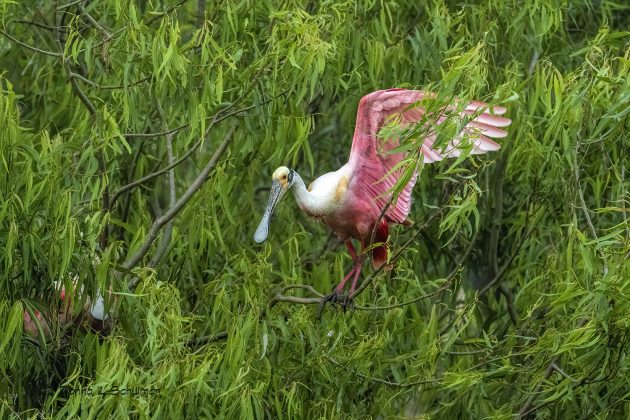
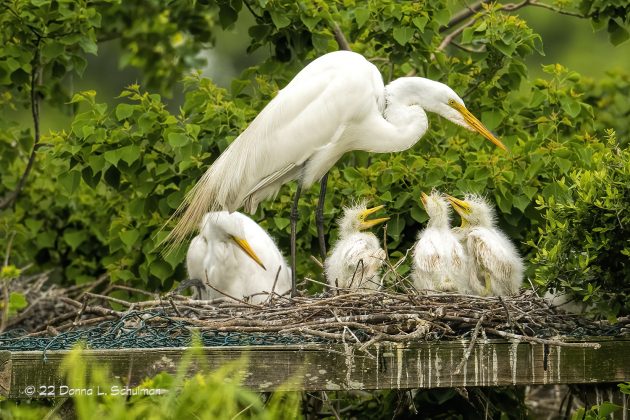
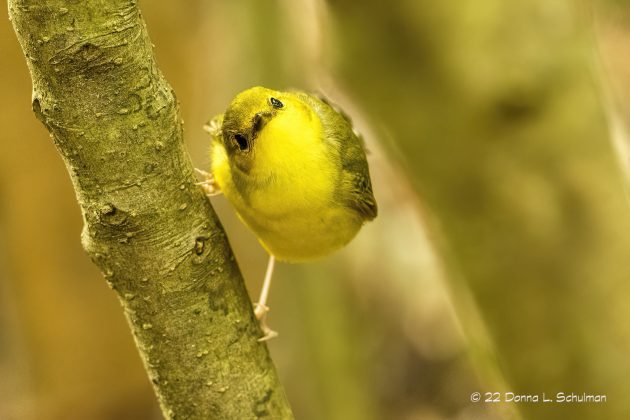
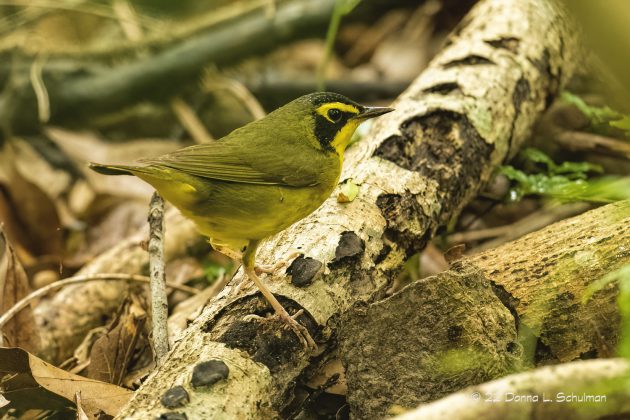










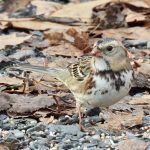
Leave a Comment